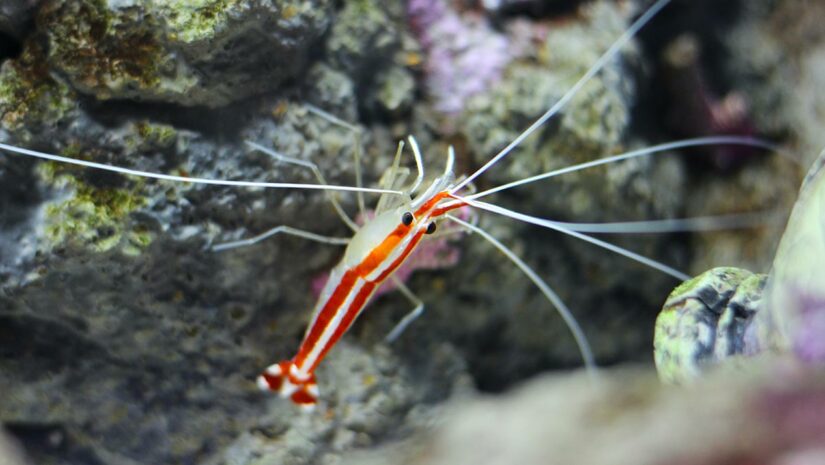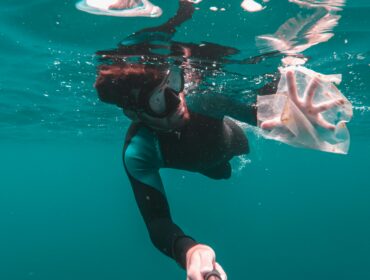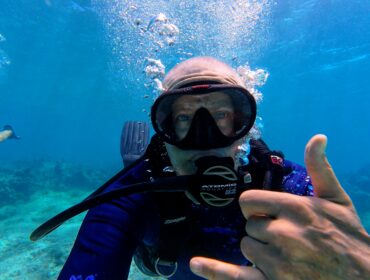One of the most fascinating places on the reef are fish cleaning stations. These are locations on the reef where fish and other marine life congregate each morning to be cleaned of parasites, dead skin cells, and bacteria. These cleaning fish and marine animals, are an essential part to maintaining a healthy reef ecosystem.
At night while the fish sleep in cracks and crevices along the reef, tiny parasites known as ectoparasites attach themselves on the fish’s body usually near their fins or gill slits. Each morning, the fish being unable to remove these parasites visits a cleaning station at some point in the day, where cleaning fish or shrimp, help remove these parasites by eating them off the body of the fish.
In exchange for their services, cleaner fish of the reef are not eaten and have a strange immunity from being predated upon by larger fish.
Cleaning stations are often a particular coral feature, located either on top of a large coral head or in a slot between two outcroppings, and the cleaning fish attracts ‘customers’ to its station by different means.
There are multiple animals that make their living as cleaners in the reef; however the most popular of these are the Cleaner Wrasse, the cleaner Shrimp and gobies.
The Cleaner Wrasse
The Cleaner Wrasse, also known as the Bluestreak Cleaner Wrasse, is found mostly along the reefs of the Indian Ocean and the Pacific Ocean as well as the Red Sea and Southeast Asia. It is a small fish (5.5 inches) with a slender elongated body separated by a black horizontal band generally bluish or yellow on the upper side and white underneath. It lives off parasites and dead skin of fish that visit its cleaning station, where it attracts passing fish by doing a peculiar dance inviting the fish in for a cleaning.
Cleaner Shrimp
Cleaner Shrimp also known as the Skunk Cleaner Shrimp or White-banded Shrimp are also fixtures at cleaning stations, found in reefs throughout the Indo-Pacific and Red Sea, which is why they are frequently referred to as the Pacific Cleaner Shrimp. These shrimp advertise their services by waving their long antennae at all passing fish, inviting them to stop for a cleaning. Fish on sighting the cleaner shrimp will often open their mouths wide allowing the shrimp to enter their mouths and remove parasites, dead skin and bacteria.
Cleaning Goby
Cleaning Goby also known as Neon Goby, look rather similar to the cleaner Wrasse with their dark horizontal stripe, bright colors and small size. Originally inhabitants of the Gulf of Mexico and Belize Reefs, cleaning gobies are bottom dwelling fish that set up cleaning stations to remove ectoparasites usually from larger fish like grouper, snapper and Jacks that line up at its cleaning stations.
Cleaning stations are huge attractions to scuba divers, and humans are no exceptions from the services of these reef cleaning creatures. If a diver approaches a cleaning station with his/her mouth open (regulator out of-course!) cleaner shrimp will not hesitate to enter the diver’s mouth and begin cleaning immediately. This is a fascinating thing to watch, and also very difficult to stay with your mouth open as these tiny shrimp crawl inside tickling and nipping at the insides of your mouth. Cleaner Wrasse too, are known to swim up to a passing diver and nip at dead skin cells on their hands or feet and portions not covered by the wetsuit.





